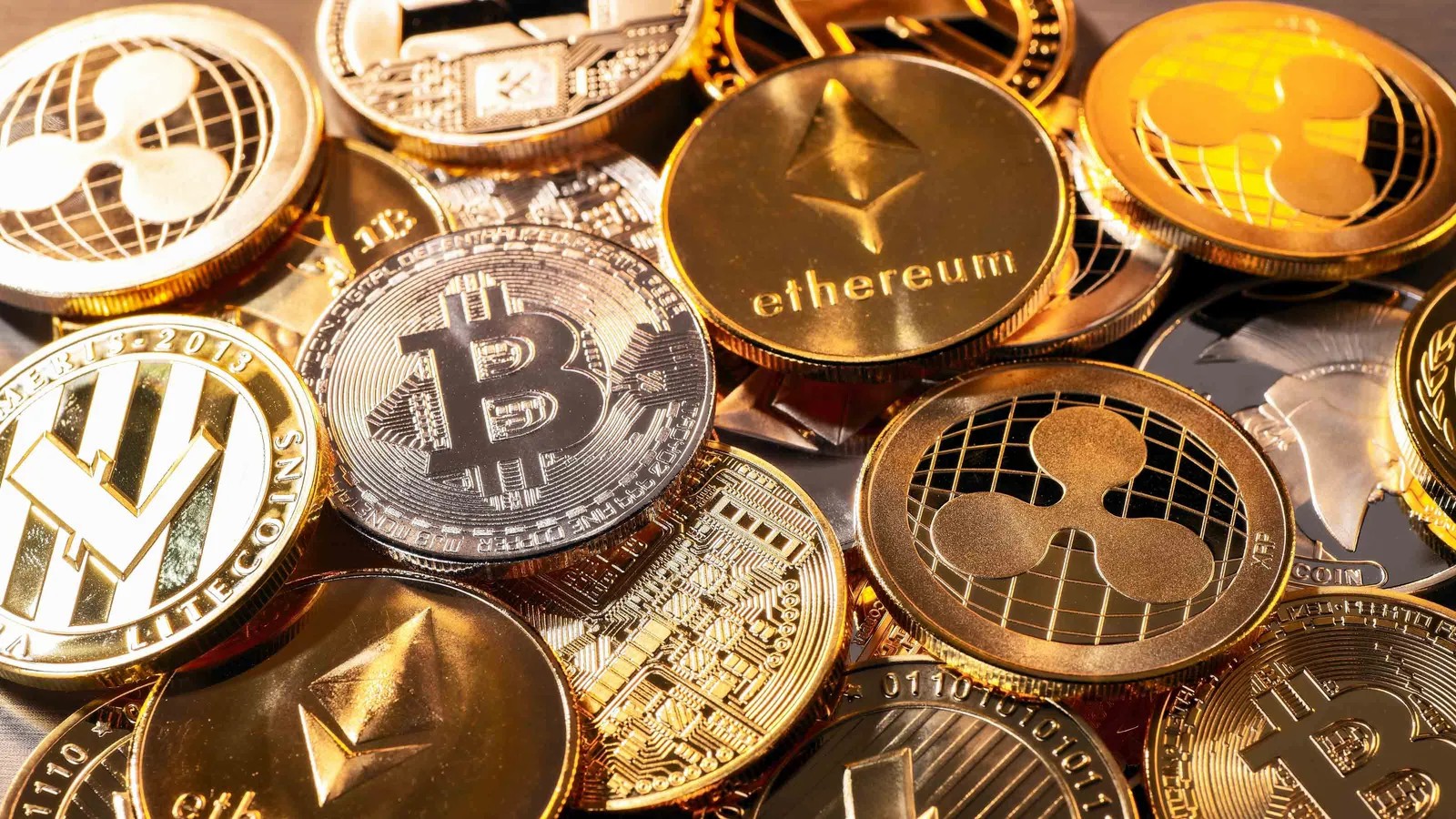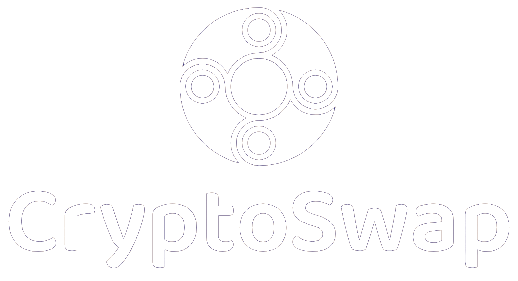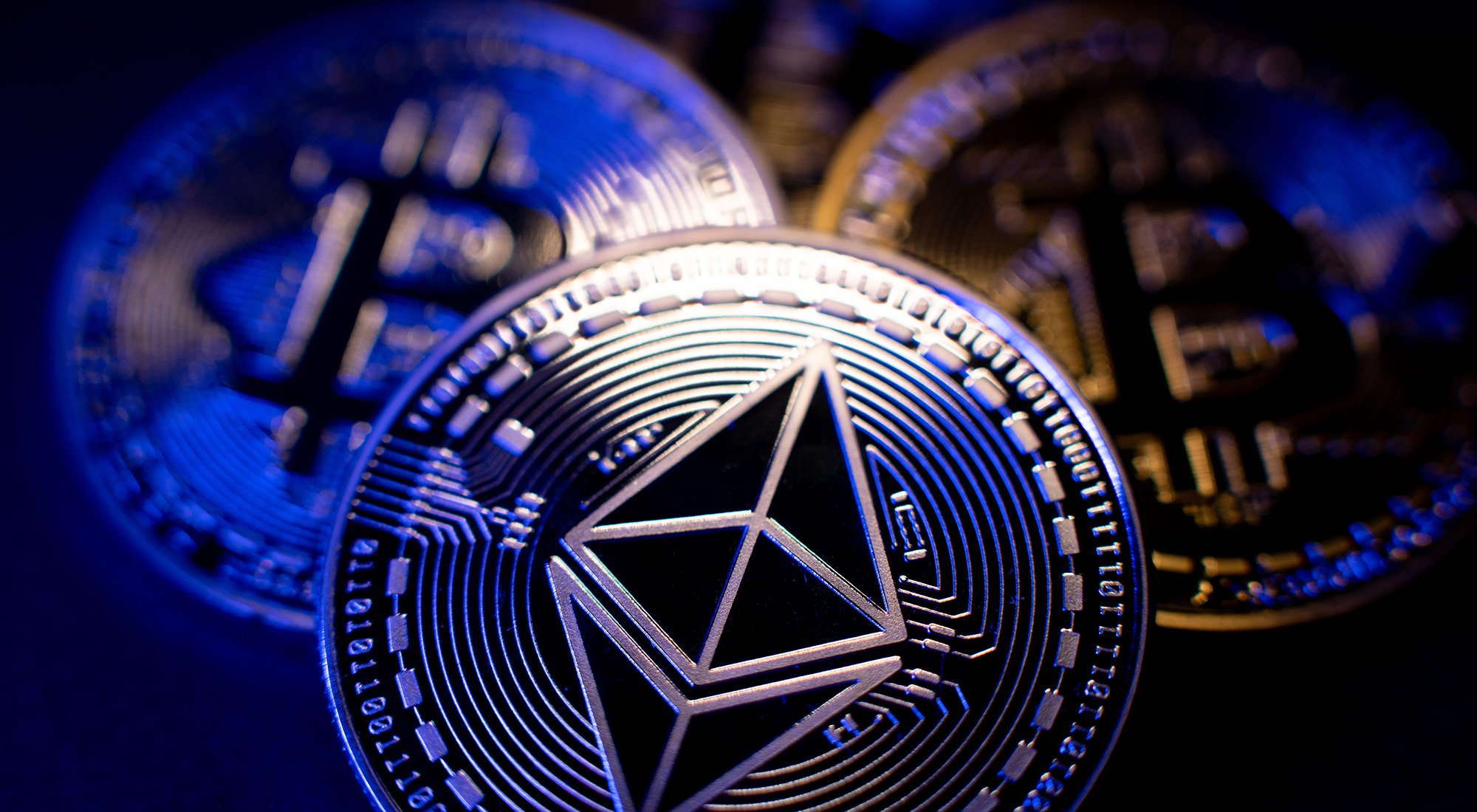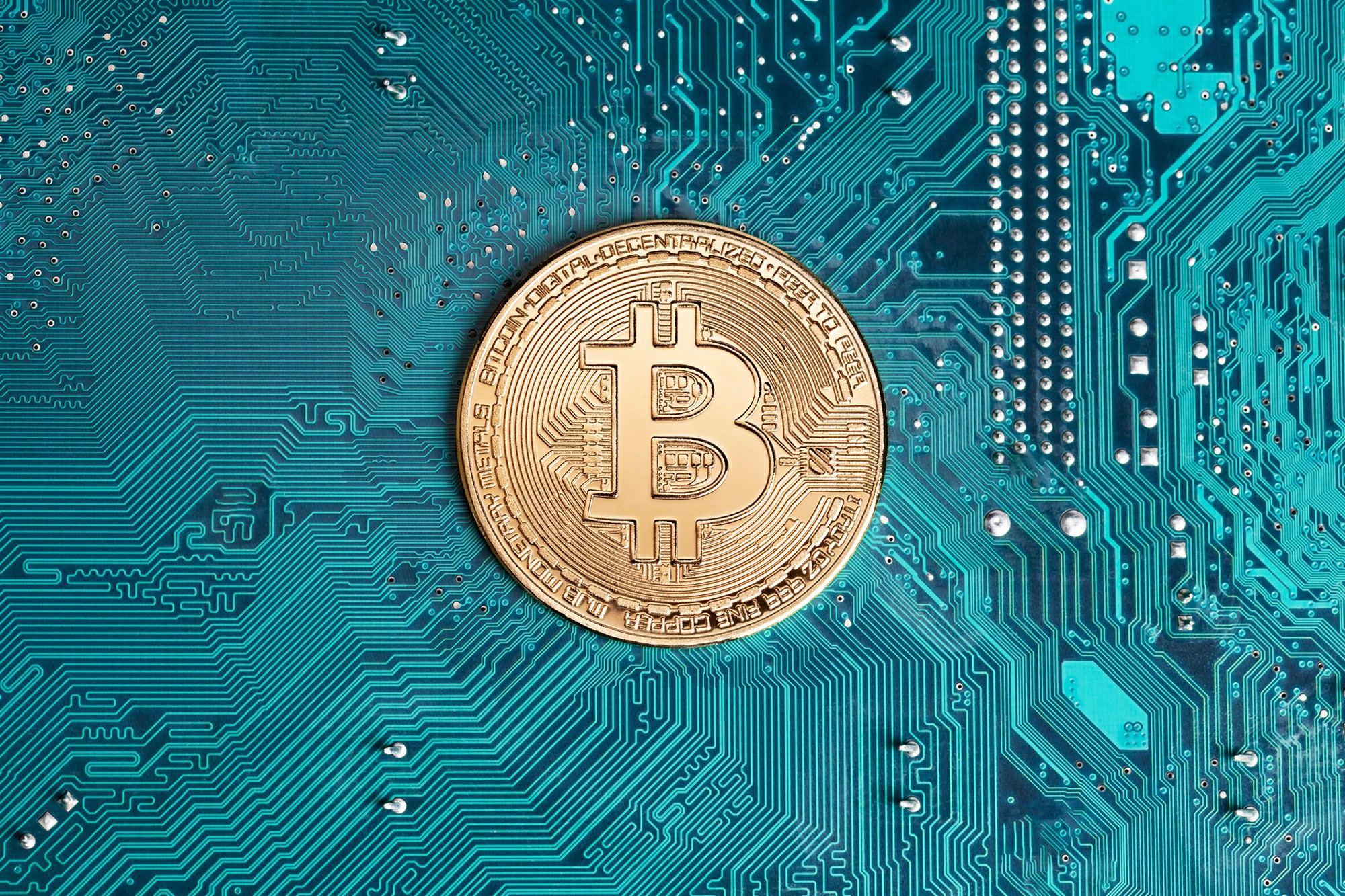
When performing token swaps on decentralized exchanges (DEXs) or decentralized finance (DeFi) platforms, one of the key factors you’ll encounter is gas fees. Gas fees are a fundamental aspect of interacting with blockchain networks like Ethereum, and understanding them is essential for anyone engaging in token swaps. In this guide, we’ll break down what gas fees are, how they work, and how to manage them effectively during token swaps.
What Are Gas Fees?
Gas fees are payments made to miners or validators for processing transactions on a blockchain. These fees compensate the individuals or entities that contribute computing power to secure and validate the network. In the case of token swaps, these fees are required to complete the transaction and make it permanent on the blockchain.
- Ethereum and Gas Fees: Gas fees are particularly notable on the Ethereum network, where high network congestion can cause gas prices to fluctuate. When Ethereum’s network is busy, gas prices tend to rise, making transactions more expensive.
- Other Blockchains: While Ethereum is the most well-known for gas fees, many other blockchains have adopted similar mechanisms. For example, Binance Smart Chain (BSC) and Polygon (MATIC) offer much lower gas fees than Ethereum, but gas fees are still required.
How Are Gas Fees Calculated?
Gas fees are calculated based on two key factors:
- Gas Limit: The maximum amount of gas you are willing to spend on a transaction. Each action, like a token swap, requires a certain amount of gas depending on its complexity. For example, swapping tokens may require more gas than a simple transfer.
- Gas Price: The price you’re willing to pay per unit of gas. Gas prices are typically quoted in Gwei, a small denomination of Ether (ETH). The higher the gas price, the faster your transaction will be processed, as miners prioritize transactions with higher fees.
The total gas fee for a transaction is calculated by multiplying the gas limit by the gas price.
Formula:
Gas Fee = Gas Limit × Gas Price
For instance, if the gas limit for a token swap is 100,000 gas and the gas price is 50 Gwei, the total gas fee would be:
Gas Fee = 100,000 × 50 Gwei = 5,000,000 Gwei (or 0.005 ETH)
Why Are Gas Fees Important for Token Swaps?
Gas fees play a crucial role in token swaps for several reasons:
- Transaction Finality: Gas fees ensure that your transaction gets processed and added to the blockchain. Without paying gas fees, the network cannot validate or record your swap.
- Network Congestion: Gas prices often rise when the blockchain network is congested. If there are many transactions competing for processing, the demand for gas increases, causing prices to surge. This is why gas fees are higher during times of high traffic on the network.
- Transaction Speed: The more gas you pay, the quicker your transaction is likely to be processed. If you set a low gas price, it may take longer for miners to validate your transaction, especially during busy periods.
How to Manage Gas Fees During Token Swaps
While gas fees are an unavoidable part of token swaps, there are strategies to manage and minimize them:
- Choose the Right Time to Swap: Gas fees are often lower during off-peak hours when the network isn’t as congested. By monitoring gas prices and waiting for lower periods, you can reduce the cost of your token swaps.
- Use Layer-2 Solutions: Platforms like Polygon, Optimism, and Arbitrum offer Layer-2 scaling solutions that can significantly reduce gas fees by processing transactions off-chain before submitting them to the main Ethereum network. These solutions allow you to swap tokens with much lower costs.
- Set Custom Gas Fees: Some platforms allow you to manually set gas fees for your transaction. Setting a reasonable gas price can help ensure that your transaction is processed quickly without overpaying.
- Use Chains with Lower Fees: If gas fees on Ethereum are too high, consider using blockchains that offer lower fees, such as Binance Smart Chain (BSC) or Avalanche. These networks have significantly lower transaction costs while still supporting a wide range of DeFi applications.
- Optimize Your Transaction: Complex token swaps, such as those involving multiple assets or tokens, may require more gas. Whenever possible, try to simplify your transaction or break it into smaller steps to reduce the overall gas cost.
Conclusion
Gas fees are an essential aspect of token swaps, and understanding how they work is crucial for anyone navigating the DeFi space. While gas fees can be high, especially on congested networks like Ethereum, using strategies like timing your transactions, exploring Layer-2 solutions, and opting for lower-fee chains can help you reduce costs. By being mindful of gas fees, you can execute token swaps more efficiently and cost-effectively, ensuring that you get the most value out of your transactions.







No Comments